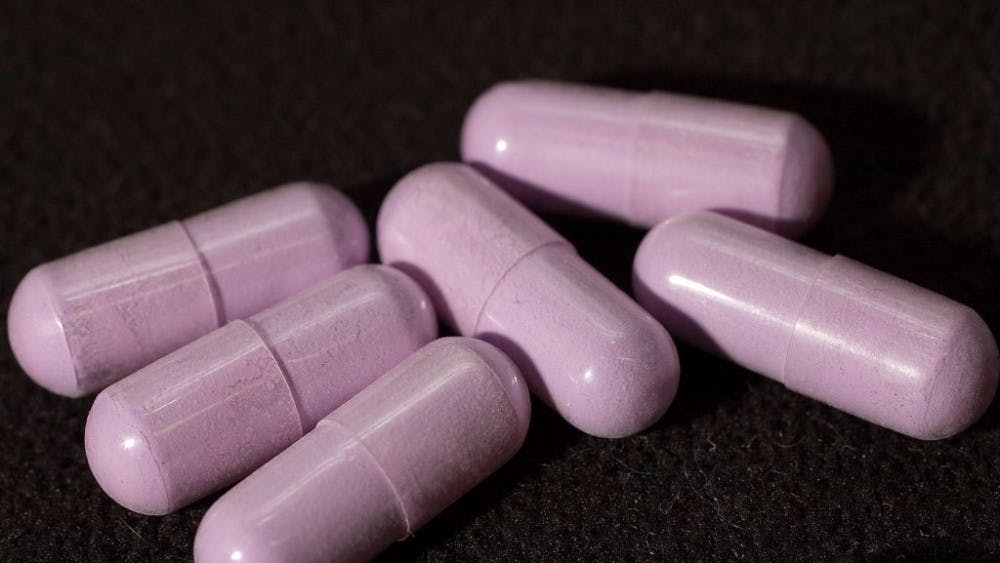One of the most commonly known hallucinogens has actually gone misunderstood for quite some time now. Lysergic acid diethylamide, usually referred to as “LSD” or “acid”, is one of the most potent hallucinogens, and its effects can last for over 12 hours after the initial usage.
However the mechanism behind such long-lasting results has baffled scientists for a while. The main component to the psychedelic’s capabilities has to do with its ability to fit into receptors in the brain. This was first published in Cell on Jan. 26.
“When I was younger, and The Grateful Dead was still around, I would occasionally go to Grateful Dead concerts. A lot of people took LSD and similar drugs during concerts, and it would be interesting to be in the parking lot hearing people wondering when their LSD experience was going to end,” Bryan Roth, professor of pharmacology at University of North Carolina and senior coauthor on the study said. “A lot of people who take the drug are not aware of just how long it lasts.”
Roth’s team at UNC used crystallography to visualize LSD bonding in the brain. Crystallography enables researchers to see how the molecule’s atoms are arranged in a 3-D structure. With this technique, the team was able to unearth the way LSD binds to human serotonin receptors. Much to their surprise, they found that LSD was squeezed into the receptor’s binding site at an unimagined angle.
Furthermore, part of the receptor protein actually covered the LSD molecule, trapping the drug.
“Once LSD gets in the receptor, a lid comes over the LSD, so it’s basically trapped in the receptor and can’t get out. LSD takes a really long time to get on the receptor, and then once it gets on, it doesn’t get off.” Roth said.
Despite LSD’s rather miniscule dosage at approximately 100 micrograms, the study results elucidate the reasoning behind the fact that LSD trips can last for an entire day.
Beyond recreational drug use, the potential application of LSD to treat various medical illnesses has been explored in the recent past. Illustrating how LSD is able to have such strong, durable effects can enable researchers who synthesize drugs to design more effective medications.
One such potential application is called LSD micro-dosing. In this use of the psychedelic, users take a dose that is far too small to cause the hallucinogen effects of LSD, but can still spark creativity and battle depression.
As the statistic stands, one in 10 Americans have taken LSD at least once, but this number is rapidly increasing as micro-dosing is becoming more and more popular.
The field of micro-dosing is largely unexplored and current research is often conflicting. Some researchers suggest that micro-dosing has no noticeable effect since the amount taken is far too small. However Roth’s lab has introduced micro-doses of LSD to live cells in Petri dishes and effects have been observed.
Nonetheless, this is no solid indication of how such dosages affect a person’s mood or creativity.
The pairing of LSD and the receptor it fits into seems almost perfect, as the structure of the drug and receptor are so compatible. Researchers in Roth’s group have tried exposing cells with larger, less rigid lids to LSD. The long-lasting effects LSD is known to have were not observed this time, however, as the compound bound very quickly to the receptor and excited it much faster.
“I think it’s important for the pharmaceutical industry to understand that even if you modify just one tiny aspect of any compound, you may affect the way the entire compound sits in the receptor, and that affects the compound’s performance.” Daniel Wacker, a postdoctoral student at UNC said.
LSD is still illegal in the United States and can be very dangerous to the user and those around them. However the importance of understanding the mechanism it undergoes in the human body is undeniable due to it’s immense influence on pop culture and its possible medical uses.





